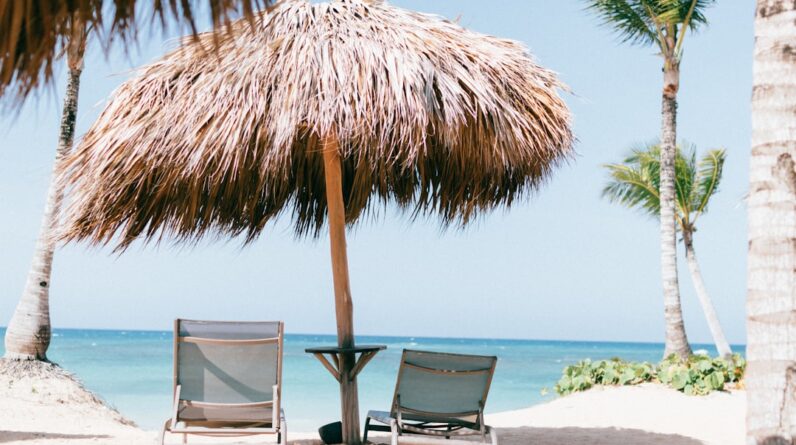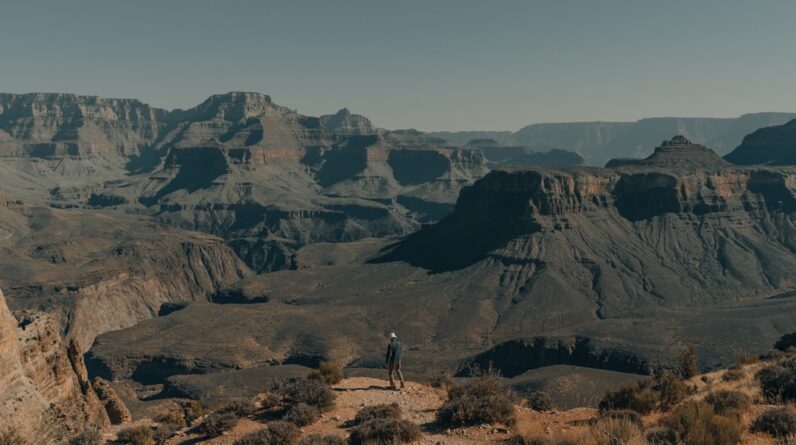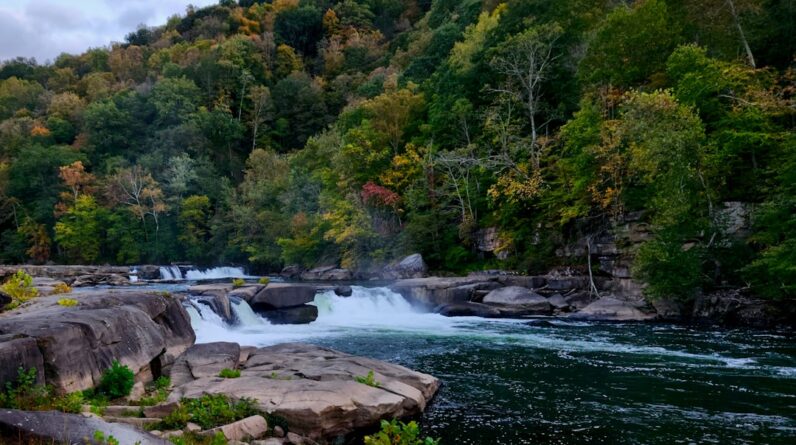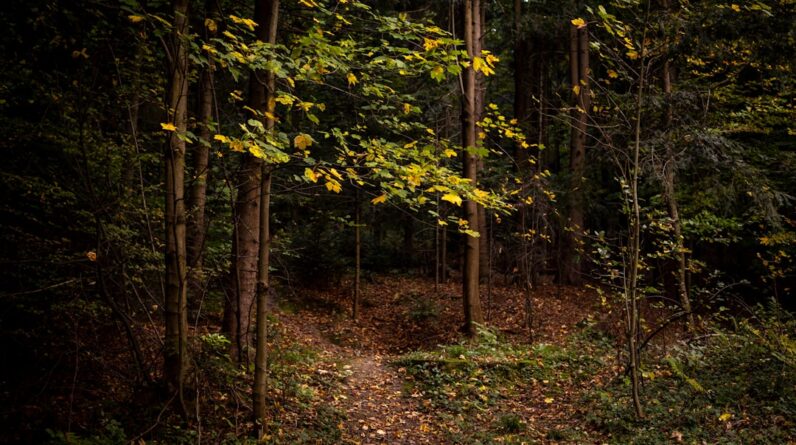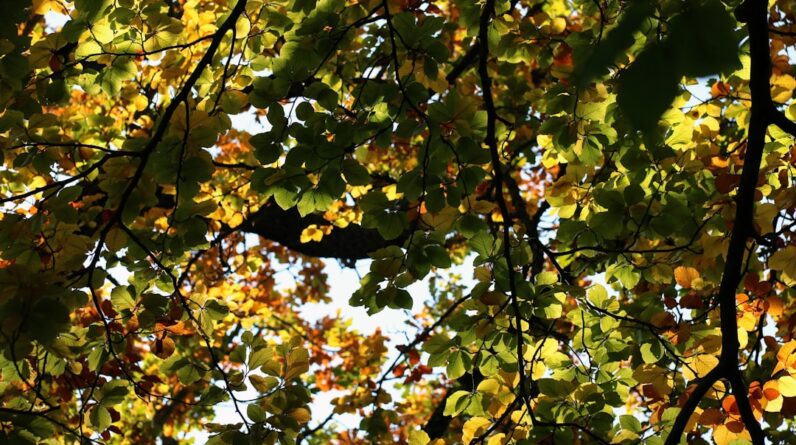Wabakimi Provincial Park is a vast wilderness area located in northern Ontario, Canada. Spanning over 8,920 square kilometers, it is one of the largest provincial parks in the province. The park is named after Lake Wabakimi, which is the largest lake entirely within the boundaries of Ontario.
Wabakimi Provincial Park has a rich history, with evidence of Indigenous presence dating back thousands of years. The park is home to numerous pictographs and archaeological sites that provide insight into the lives of the Indigenous peoples who have inhabited the area for generations.
Preserving wilderness areas like Wabakimi is crucial for several reasons. Firstly, these areas serve as important habitats for a wide range of plant and animal species. By protecting these ecosystems, we can help ensure the survival of these species for future generations. Additionally, wilderness areas provide opportunities for outdoor recreation and adventure, allowing people to connect with nature and experience its beauty firsthand.
Key Takeaways
- Wabakimi Provincial Park is a beautiful wilderness area in Ontario, Canada.
- The park’s waterways offer stunning scenery and opportunities for paddling and fishing.
- Planning and preparation are key for a successful wilderness paddling trip in Wabakimi.
- Proper gear and equipment, as well as navigation skills, are essential for a safe and enjoyable trip.
- Visitors should also be aware of wildlife encounters, camping regulations, and the importance of responsible wilderness paddling.
The Beauty of Wabakimi’s Waterways
One of the main attractions of Wabakimi Provincial Park is its stunning waterways. The park is home to over 2,000 kilometers of interconnected lakes and rivers, making it a paradise for paddlers and outdoor enthusiasts.
The lakes in Wabakimi are known for their crystal-clear waters and picturesque surroundings. From small, secluded lakes nestled among towering pine trees to expansive bodies of water that stretch as far as the eye can see, there is no shortage of natural beauty to explore.
In addition to its lakes, Wabakimi is also home to several breathtaking waterfalls. These cascades create a dramatic and awe-inspiring sight as they tumble down rocky cliffs into pools below. Some of the most notable waterfalls in the park include Helen Falls, Barclay Falls, and Whitewater Falls.
Planning Your Wilderness Paddling Trip in Wabakimi
Before embarking on a wilderness paddling trip in Wabakimi Provincial Park, it is important to plan ahead and obtain the necessary permits. Permits can be obtained through the Ontario Parks website or by contacting the park directly. It is recommended to book your permits well in advance, especially during peak season.
When planning your route, consider the length and difficulty level of your trip. Wabakimi offers a range of options for paddlers of all skill levels, from short day trips to multi-day expeditions. It is important to choose a route that matches your experience and abilities to ensure a safe and enjoyable trip.
The best time to visit Wabakimi depends on your preferences and the activities you plan to engage in. The summer months of June to August are popular for paddling trips, as the weather is generally warm and the water levels are ideal for navigation. However, if you prefer a quieter experience, consider visiting in the shoulder seasons of spring or fall when the park is less crowded.
Gear and Equipment Essentials for Paddling in Wabakimi
When paddling in Wabakimi Provincial Park, it is important to have the right gear and equipment to ensure a safe and comfortable trip. Some essential items to pack include a canoe or kayak, paddles, life jackets, camping gear, cooking equipment, and a first aid kit.
It is also important to pack efficiently and minimize the weight of your gear. Consider investing in lightweight camping gear and packing items that serve multiple purposes. Additionally, make sure to pack enough food and water for the duration of your trip, as well as any necessary toiletries and personal items.
For those who do not have their own gear, there are several rental companies that offer canoe and kayak rentals in the area. These companies can provide you with all the necessary equipment for your trip, ensuring that you have everything you need to enjoy your time in Wabakimi.
Navigating Wabakimi’s Waterways: Tips and Tricks
Navigating the waterways of Wabakimi Provincial Park can be a challenging but rewarding experience. It is important to have basic navigation skills and be able to read maps and charts. Familiarize yourself with the park’s waterway maps and plan your route accordingly.
When navigating rapids, it is important to exercise caution and assess the difficulty level before attempting to paddle through. If you are unsure about your ability to navigate a rapid, it is best to portage around it. Portaging involves carrying your canoe or kayak overland to bypass a section of the river or lake.
Safety should always be a top priority when paddling in Wabakimi. Make sure to wear a life jacket at all times and be aware of your surroundings. It is also important to check the weather forecast before heading out on the water and be prepared for changing conditions.
Wildlife Encounters in Wabakimi Provincial Park

Wabakimi Provincial Park is home to a diverse range of wildlife, making it a prime destination for wildlife enthusiasts. Common animals that can be spotted in the park include moose, black bears, wolves, beavers, otters, and various bird species.
When observing wildlife in Wabakimi, it is important to do so from a safe distance and without disturbing their natural behavior or habitat. Keep noise levels to a minimum and avoid approaching animals too closely. It is also important to pack out any trash or food waste to prevent attracting wildlife to campsites.
In the event of a dangerous encounter with wildlife, it is important to remain calm and avoid sudden movements. Back away slowly and give the animal plenty of space. If necessary, use noise or bear spray to deter an aggressive animal. It is always best to consult with park staff or local authorities for guidance on how to handle wildlife encounters.
Camping in Wabakimi: Best Practices and Regulations
Camping in Wabakimi Provincial Park is a unique and rewarding experience. The park offers a range of campsites and backcountry shelters for visitors to choose from. These sites are equipped with basic amenities such as fire pits, picnic tables, and outhouses.
When camping in Wabakimi, it is important to follow the rules and regulations set forth by the park. These regulations are in place to protect the environment and ensure a positive experience for all visitors. Some common rules include practicing Leave No Trace principles, packing out all trash, and using designated campsites.
To minimize your impact on the environment while camping, consider using a lightweight stove instead of building a campfire. This helps reduce the risk of wildfires and preserves the natural beauty of the park. Additionally, be mindful of noise levels and respect the tranquility of the wilderness.
Fishing in Wabakimi: A Guide for Anglers
Wabakimi Provincial Park is a haven for anglers, with its pristine lakes and rivers teeming with fish. Some of the most common fish species found in the park include walleye, northern pike, lake trout, and smallmouth bass.
Before fishing in Wabakimi, it is important to familiarize yourself with the fishing regulations and licensing requirements. A valid Ontario fishing license is required for all anglers over the age of 18. Additionally, there may be specific regulations regarding catch limits and size restrictions for certain fish species.
When fishing in Wabakimi, it is important to practice catch and release whenever possible. This helps preserve fish populations and ensures sustainable fishing practices. Handle fish with care and release them quickly to minimize stress and injury.
Exploring Wabakimi’s Historical and Cultural Sites
Wabakimi Provincial Park has a rich Indigenous history and is home to several sites of historical and cultural significance. These sites provide a glimpse into the lives and traditions of the Indigenous peoples who have inhabited the area for thousands of years.
When visiting these sites, it is important to do so respectfully and with a deep appreciation for the cultural significance they hold. Avoid touching or removing any artifacts or structures, and be mindful of the sacred nature of these sites. It is also important to educate yourself about the history and culture of the Indigenous peoples who call this land home.
Responsible Wilderness Paddling in Wabakimi Provincial Park
Responsible wilderness paddling in Wabakimi Provincial Park involves practicing Leave No Trace principles and minimizing your impact on the environment. This includes packing out all trash, using designated campsites, and avoiding unnecessary noise or disturbance.
It is also important to be respectful of other visitors and their experiences in the park. Keep noise levels to a minimum, especially in the early morning or late evening when others may be trying to enjoy the tranquility of the wilderness.
By being a responsible and respectful visitor to Wabakimi Provincial Park, you can help preserve its natural beauty for future generations to enjoy. Take the time to educate yourself about the park’s rules and regulations, and always prioritize safety and conservation while exploring this pristine wilderness area.
If you’re looking for more outdoor adventure inspiration, check out this article on “Sailing Through Retirement: Staying Active and Engaged in Your 60s and Beyond.” It’s a great read for those who want to continue exploring and enjoying nature well into their golden years. Whether it’s paddling through pristine waterways or sailing the open seas, this article offers valuable insights and tips on how to stay active and make the most of your retirement. Read more



